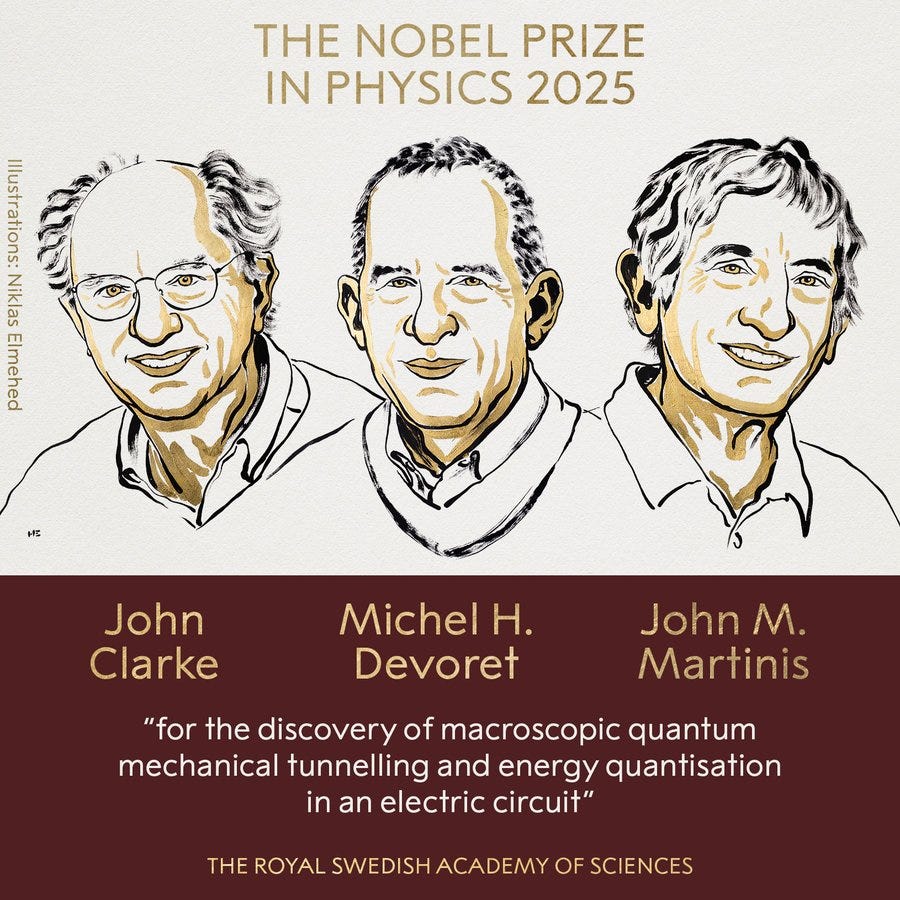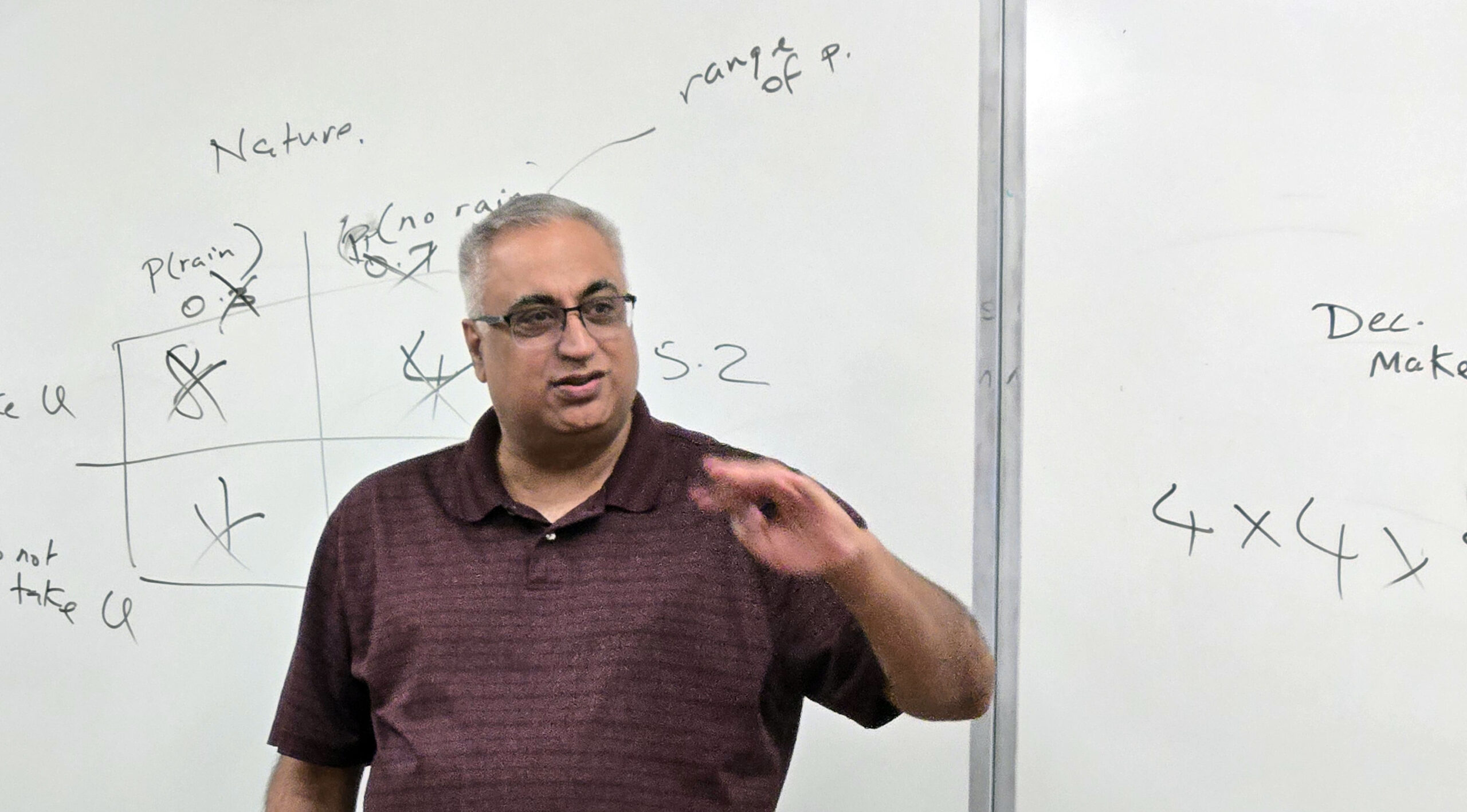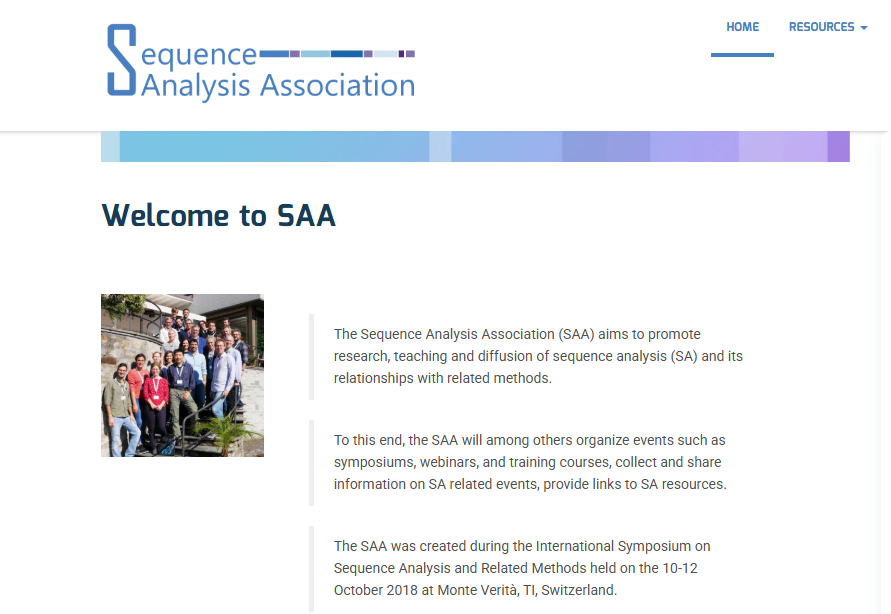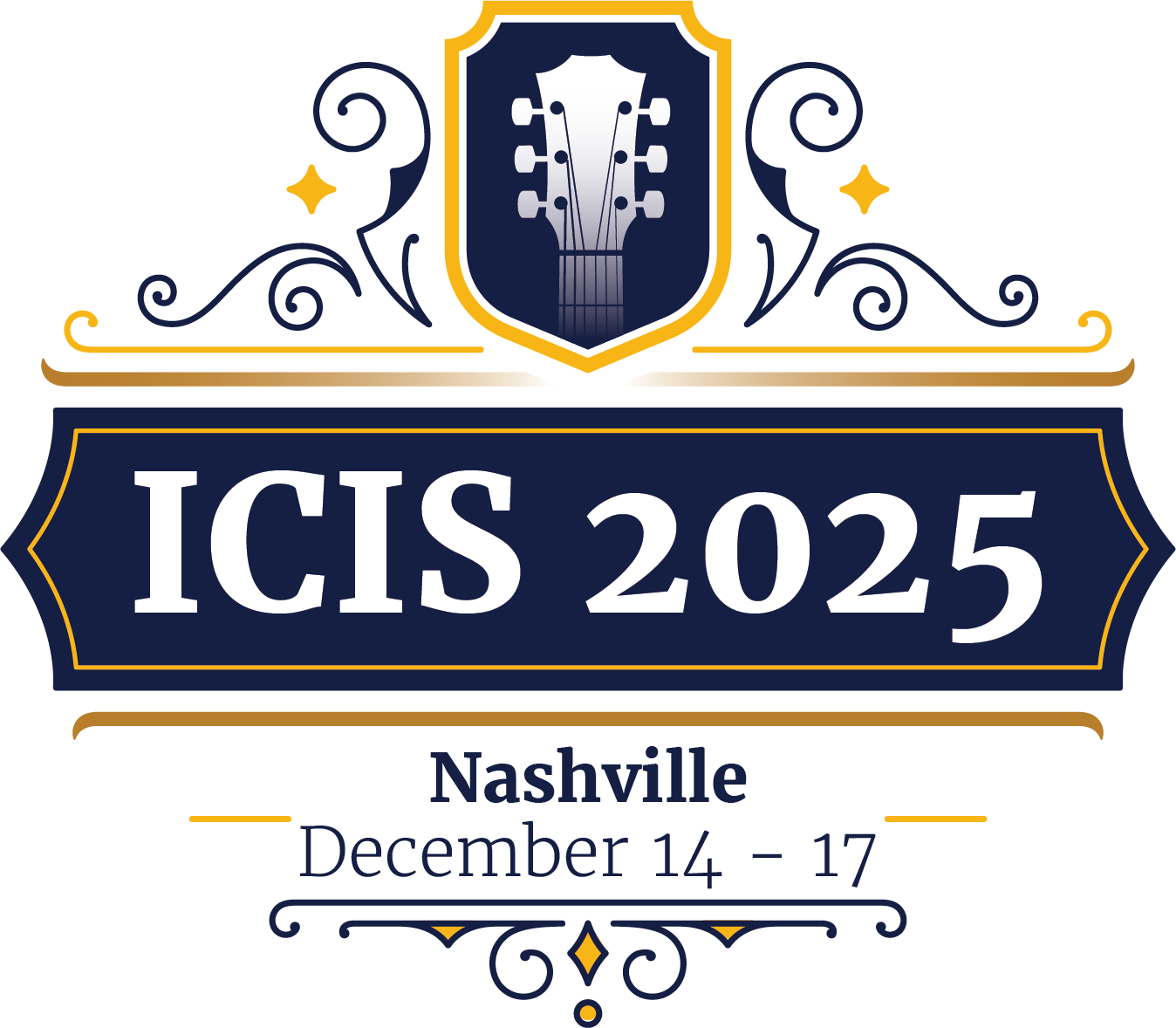For years, quantum computing has been treated as a distant scientific pursuit, a future we were always “ten years away” from. But something major just shifted.
This year, the 2025 Nobel Prize in Physics was awarded not for theoretical breakthroughs alone, but for pushing quantum out of the lab and into real-world deployment. It was a symbolic moment — a signal that quantum computing has officially crossed the boundary between science and application.

At the same time, our research that will be presented at ICIS 2025 in Nashville, analyzed 4,194 press releases about quantum computing from 1989 to 2025. And what we found challenges the common story of how quantum innovation unfolds.
https://aisel.aisnet.org/icis2025/quantum/quantum/1
❌ The Myth: Science → Business → Adoption
Most people assume innovation follows a straight path:
Universities invent → Big Tech commercializes → Market adopts
That’s the classic Silicon Valley narrative. But in quantum computing, that’s not what actually happened.
✅ The Reality: Quantum Innovation Oscillates
Our computational analysis revealed a recurring oscillation pattern — a rhythmic back-and-forth between scientific and commercial leadership.
Here’s the pattern we uncovered:
| Phase | Dominant Actors | Trigger | Narrative Control |
|---|---|---|---|
| Wave 1: Scientific Rise | MIT, Stanford, CalTech, national labs | Quantum theory, early qubit experiments | Scientists define the discourse |
| Wave 2: Business Surge | IBM, Google, Microsoft, startups | Cloud rollout, “Quantum-as-a-Service” narrative | Big Tech reframes quantum as a product |
| Wave 3: Science Returns | Research labs, academic consortia | Hard problems emerge: coherence, error correction, noise | Scientific institutions regain narrative authority |
| Next Wave ~ Now | Mixed coalitions — industry + academia + policy | Scaling demands governance and ecosystem coordination | The game shifts from innovation to alignment |
🎯 The Emerging Game: Ecosystem Coordination
Quantum’s future won’t be determined by qubit count alone. It will be decided by who coordinates the ecosystem, the discourse, alliances, funding narratives, and credibility channels that shape perception and legitimacy.
- Scientific discoveries trigger commercial waves
- Commercial hype cycles pull in capital and policy
- Technical barriers cause discourse to swing back to science
In short: Quantum innovation behaves like a living ecosystem — not a linear pipeline.
🧠 Why This Matters for Leaders, Investors, and Researchers
In deep tech markets like quantum, innovation isn’t just technical — it’s narrative-driven and ecosystem-shaped.
- Tech CEOs who treat quantum like a simple feature race will miss the next turning point.
- Universities and research labs hold more ecosystem power than most commercial players realize.
- Policymakers and investors who understand oscillation patterns can anticipate capital flows and innovation slowdowns before they’re visible in markets.
- Researchers and strategists must shift focus from “breakthroughs” to discourse orchestration and coalition-building.
🎤 Presenting at ICIS 2025 — Nashville
Our paper, “Science and Commerce in Quantum Computing: Toward an Oscillatory Theory of Ecosystem Emergence,” will be presented under the Quantum IT & Cloud Computing for Business track at ICIS 2025.
This work introduces an Oscillatory Ecosystem Theory — a data-driven framework to understand how power, influence, and innovation move across time between scientific and commercial domains.
👀 Final Thought
If you’re watching quantum solely through the lens of technology, you’re missing the real game.
The next phase of quantum computing won’t be about faster qubits. It will be about who orchestrates the ecosystem when the next wave of oscillation hits.









Leave a Reply